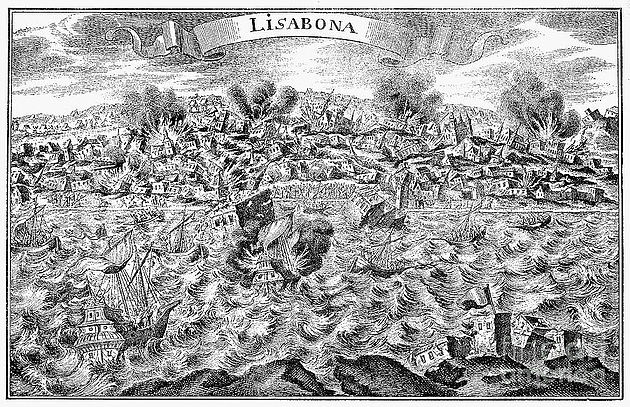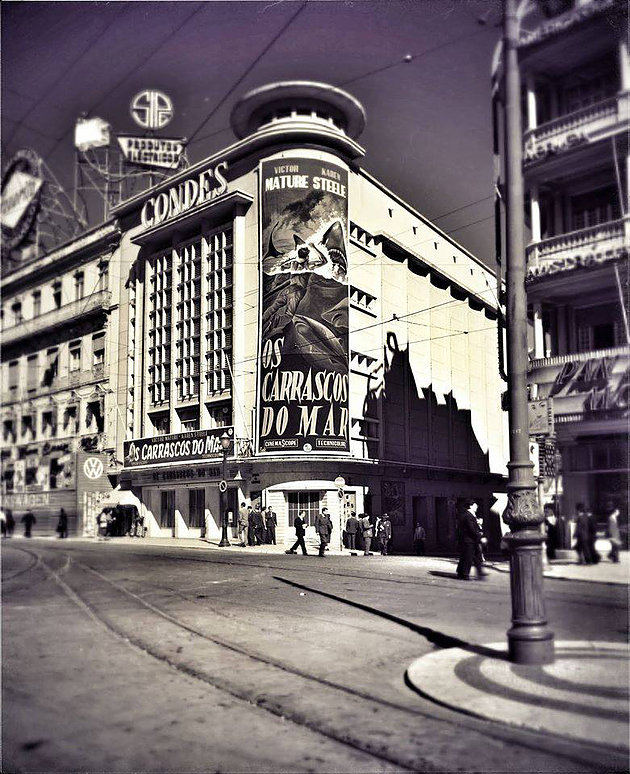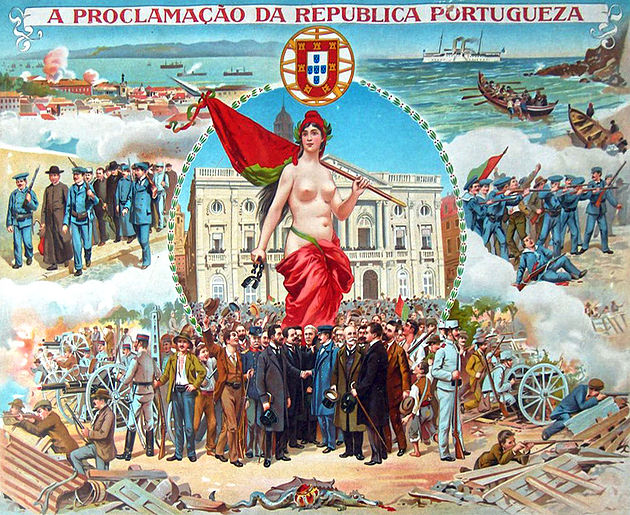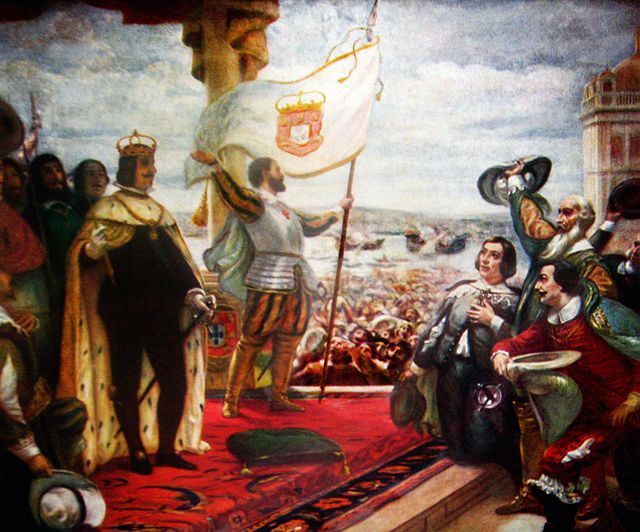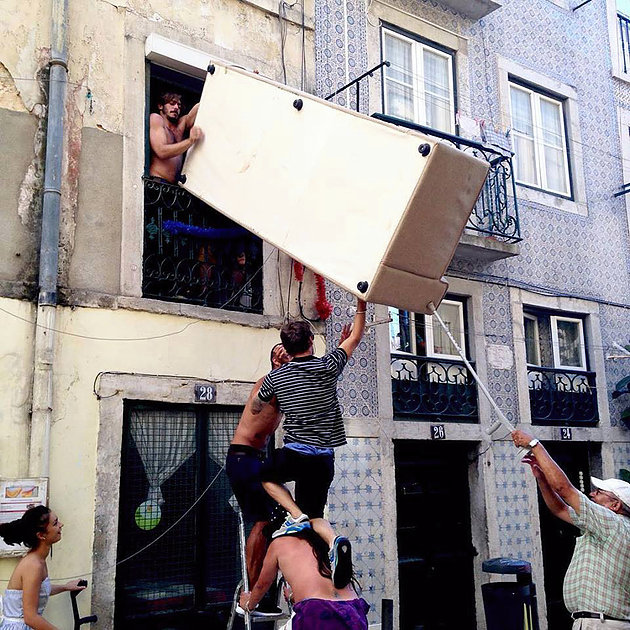This Day in Portuguese History – Restoration of Portuguese Independence

Today is an important day for Portuguese History. Officially, the 1st of December is a public holiday in the country, to commemorate the restoration of Portuguese independence from Spain. Every year this date is celebrated with great pomp and ceremony, and is a great source of national pride. To understand why, we must delve back in the shared History of two of the oldest nations in Europe, Portugal and Spain.
Between the late 16th century until the mid-17th century, Portugal was under the Iberian Union with Spain. This led to Portugal being ruled by three generations of Spanish Kings, which are known in our history as the “Filipes” as all three Kings (Philip II, Philip III, Philip IV) who ruled Portugal, had the same first name.
What set the stage for Spanish rule was a dynastical crisis brought on by the actions of the young Portuguese King, Sebastian I. At the tender age of 3, Sebastian became King of Portugal, inheriting a vast colonial empire from his grandfather, King John III.
King Sebastian made the fateful decision of invading Morocco on crusade, after the ruling Sultan made a plea to the Portuguese King for military aid to fight against a rival claimant to the Sultanate, who had support from the Ottoman Turks.
Fearful of Ottoman expansion on the southern borders of the Iberian Peninsula, Sebastian organized a campaign that would end in a crushing defeat in the battle of Alcacér-Quibir. No one knows what became of Sebastian. He disappeared in battle, giving rise to legends over centuries that we would return on a misty day to save his Kingdom.

Portrait of D. Sebastian I, by Cristóvão de Morais
After the events in North-Africa, the Cardinal Henry, who was the granduncle of the King, ascended the throne. He immediately petitioned the pope to release him from his clerical vows in order to be able pursue marriage and father heirs to the Kingdom. However, Pope Gregory XIII, declined the Cardinal’s request, and when Henry died in 1580 Portugal was plunged into a dynastic crisis.
The three main claimants to the throne were Catarina de Bragança, Don António Prior do Crato, and Philip II of Spain, an ambitious King who sought to add Portugal to his vast empire. Catarina de Bragança had a strong claim, she was a direct descendent of the royal house of Aviz, however she chose not to press her claim due to fears that Philip would retaliate.
Philip II came to rule Portugal, through an astute combination of diplomacy and sheer brute force. When António Prior do Crato, an illegitimate grandson of King Manuel I, made a play for the throne and was acclaimed King, Philip sent the Duke of Alba to invade Portugal and seize the capital, Lisbon.
The Spanish forces were able to defeat the Portuguese in the battle of Alcantâra, near Lisbon. Prior do Crato was forced to flee the Kingdom and Philip would later be acclaimed King of Portugal at the Courts of Tomar.
The “Philippine era” would be initially positive for Portugal. Philip had pledged to respect Portuguese laws and customs, and the local nobility still maintained their status under the Spanish Kings. The Portuguese merchant fleet could also count on the protection of the Spanish fleet to guard against acts of piracy along the main trade routes. However, during the first half of the 17th century the Spanish empire entered a period of decline. The Dutch and the English seized various Spanish and Portuguese colonial possessions and the Spanish Empire was struggling with the Dutch Revolt and the Thirty Years’ War.

Portrait of Philip II of Spain (Philip I of Portugal), by Anguisciola
Discontent was brewing in Portugal. Philip IV (grandson of Philip II) had a different approach to Portuguese issues. He decided to raise taxes on Portuguese merchants, and to appoint Spanish nobles to government posts in Portugal. The intention was to eventually turn the country into a province of Spain.
The Portuguese nobility stood to lose considerable power and influence, so a group of nobles known as the Forty Conspirators organized a coup against the Spanish forces with the end goal of placing John, the 8th Duke of Braganza, on the Portuguese throne. The coup was carried out on the 1st of December 1640. The Forty Conspirators killed the Secretary of State, Miguel de Vasconcelos, and imprisoned Margaret of Savoy, cousin to the King himself and ruler of Portugal in his name.
John of Braganza would be acclaimed by the people of Lisbon on the same day, and would subsequently reign as King John IV. The timing of the execution was specifically chosen to coincide with Spanish campaigns in the Thirty Years’ War and efforts to quell a revolt in Catalonia, thus allowing the new King time to consolidate his rule and mount a defence before the Spanish could act against Portugal.
The Spanish would come to strike back against what they viewed as just a rebellious province. The ensuing conflict would last 28 years, and would be marked by various border skirmishes and raids. However, there were five major battles during the War of Restoration, namely: the Battle of Montijo (1644), the Battle of Lines of Elvas (1659), the Battle of Ameixial (1663), Battle of Castelo Rodrigo (1664), and the last major engagement was the Battle of Montes Claros (1665). All of these battles are commemorated in the Obelisk at the centre of Lisbon’s Restauradores Square.

Commemorative obelisk at the Restauradores Square
Portugal also relied on diplomatic and military aid from England, who wanted to undermine Spanish hegemony in continental Europe, and when an alliance with France was secured, the Spanish would be forced to sign the Treaty of Lisbon in February 1668, recognizing the house of Braganza as the Royal dynasty of Portugal and putting an end to a conflict between two neighbours.
Watch this space for future posts on Portugal’s history and culture as well as current events affecting the country. And if you like this post share it with your friends on Facebook, Google + or Twitter.

